Goldfish are among the most popular pet fish in the world, known for their vibrant colors, unique personalities, and relatively simple care requirements.
However, there are many misconceptions about their needs, and they require more attention than many people realize.
This guide covers everything you need to know about goldfish, from their history and diet to their behavior, health concerns, and tank requirements.
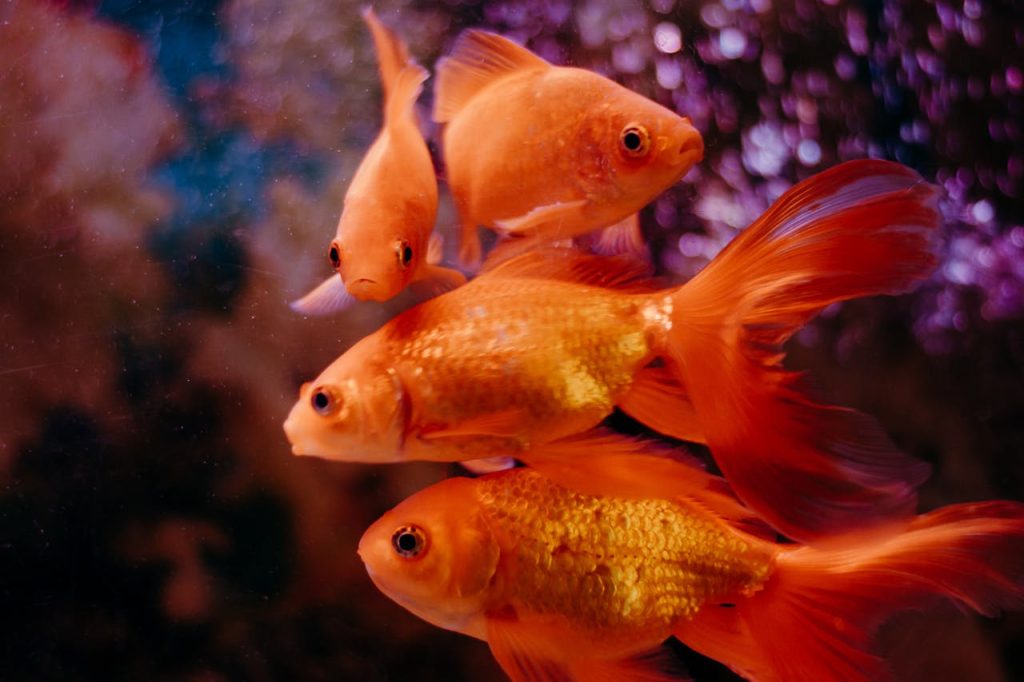
Table of Contents
Introduction
Goldfish have captivated fish enthusiasts for centuries. With their striking appearance and fascinating behaviors, they make excellent pets for both beginners and experienced aquarists.
However, their care requires more than just a simple bowl and occasional feeding. Proper tank conditions, diet, and social interaction are essential for their health and longevity.
In this guide, we will explore all aspects of goldfish care, helping you understand how to provide the best possible environment for these aquatic companions.
History and Origin
Goldfish (Carassius auratus) has a long and fascinating history. They were first domesticated in China over a thousand years ago from a species of wild carp.
During the Song Dynasty (960–1279 AD), selective breeding resulted in gold-colored fish, which became popular in ornamental ponds and gardens.
Over time, goldfish were introduced to Japan, Europe, and eventually the rest of the world, where their popularity as pets skyrocketed.
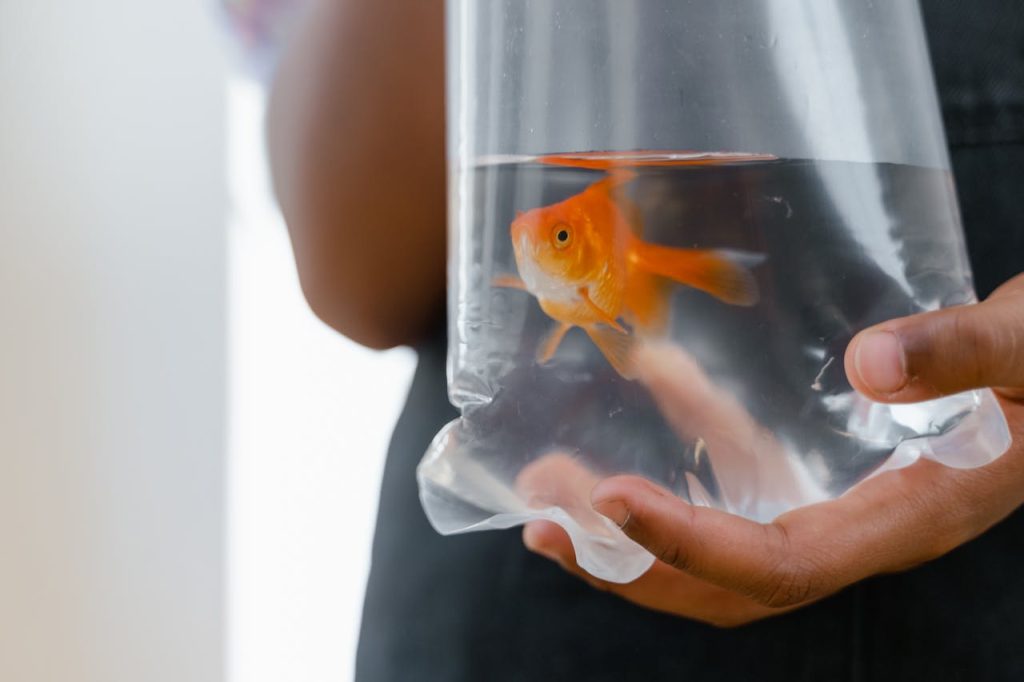
Why Goldfish Were Created
Originally, goldfish were bred for their ornamental beauty rather than as food. Early Chinese breeders sought to cultivate fish with striking colors and unique patterns to serve as decorative pets.
The practice of keeping goldfish in small ponds and ceramic bowls was seen as a status symbol, and the most exquisite specimens were reserved for royalty.
Physical Characteristics
Goldfish come in a variety of shapes, sizes, and colors. Some common physical traits include:
- Size: Goldfish can grow anywhere from 1 to 12 inches, depending on the breed and living conditions.
- Color Variations: They can be orange, red, yellow, white, black, or a mix of these colors.
- Body Shapes: Goldfish can have sleek, streamlined bodies or rounded, bulbous forms.
- Fins and Tails: Some breeds have long, flowing fins, while others have short and compact fins.
Choosing the Right Goldfish
When selecting a goldfish, consider the following factors:
- Tank Size: Goldfish require ample space; a single goldfish needs at least 20 gallons of water.
- Breed Type: Some goldfish varieties, like the Common Goldfish, are hardy and ideal for beginners, while others, like the Bubble Eye or Ranchu, require special care.
- Health Condition: Look for active fish with clear eyes, intact fins, and vibrant colors.
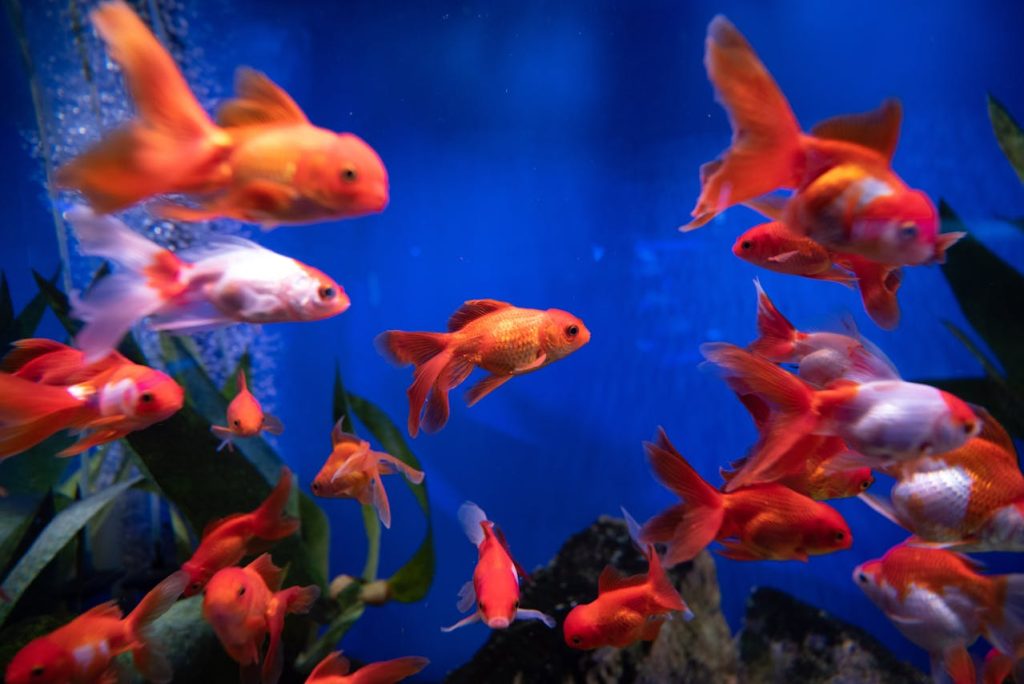
Diet and Nutrition
Goldfish are omnivorous and require a balanced diet to thrive. Their diet should include:
- Pellets or Flakes: Specially formulated goldfish food provides essential nutrients.
- Vegetables: Blanched peas, lettuce, and zucchini can supplement their diet.
- Protein Sources: Brine shrimp and bloodworms can be given occasionally.
- Feeding Schedule: Feed small amounts twice a day, avoiding overfeeding to prevent water pollution.
Fun Facts About Goldfish
- Goldfish have a memory span of at least three months, debunking the myth of a three-second memory.
- They can recognize their owners and even be trained to perform simple tricks.
- Unlike most fish, goldfish do not have stomachs and digest food quickly.
- Some goldfish can live for over 20 years with proper care.
Goldfish Tank Requirements
- Water Quality: Goldfish need clean, dechlorinated water with a temperature between 65-75°F (18-24°C).
- Filtration System: A high-quality filter is essential to remove waste and keep ammonia levels low.
- Tank Space: A spacious tank or pond is recommended; avoid keeping goldfish in small bowls.
- Aeration: Goldfish require well-oxygenated water, so air pumps or surface agitation are beneficial.
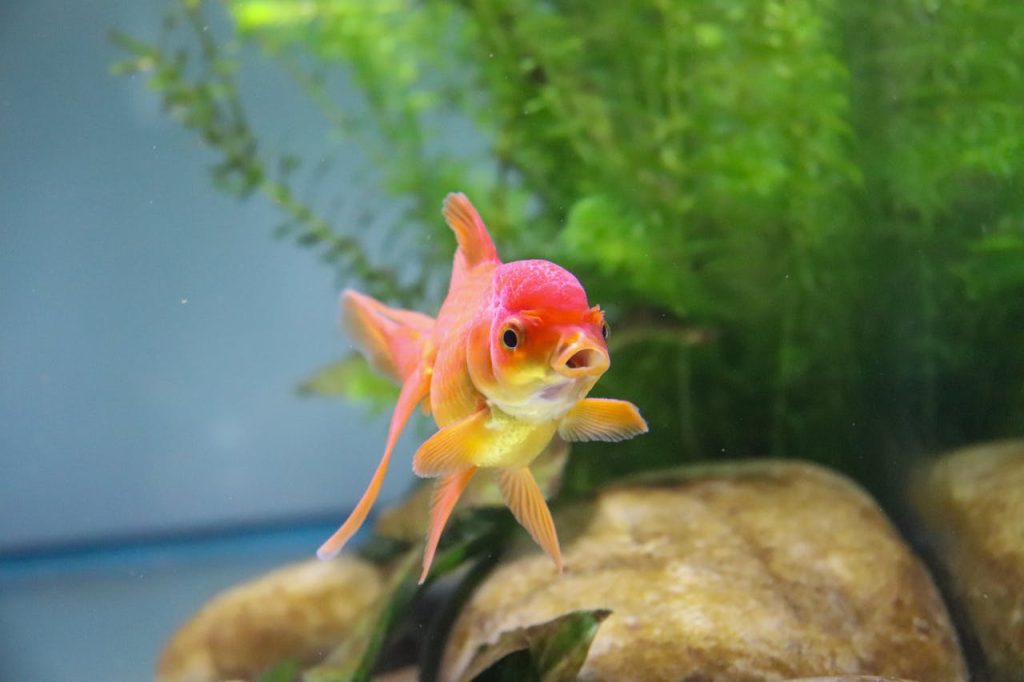
Goldfish Behavior and Social Traits
Goldfish are intelligent and social creatures with distinct behaviors. Some key traits include:
- Social Nature: They enjoy the company of other goldfish and can recognize their tank mates.
- Learning Ability: Goldfish can learn feeding routines and even respond to their owners.
- Activity Levels: They are active swimmers and require ample space to move around.
- Playfulness: Goldfish may interact with objects in their tank and display curiosity.
Common Goldfish Health Problems
Goldfish can suffer from various health issues, including:
- Swim Bladder Disease: Causes difficulty in swimming due to improper diet or poor water quality.
- Fin Rot: A bacterial infection that results in frayed or discolored fins.
- Ich (White Spot Disease): A parasitic infection that appears as tiny white spots on the body.
- Dropsy: A severe condition where the fish’s body swells due to internal fluid buildup.
- Preventative Measures: Maintain clean water, provide a balanced diet, and monitor fish behavior for early signs of illness.
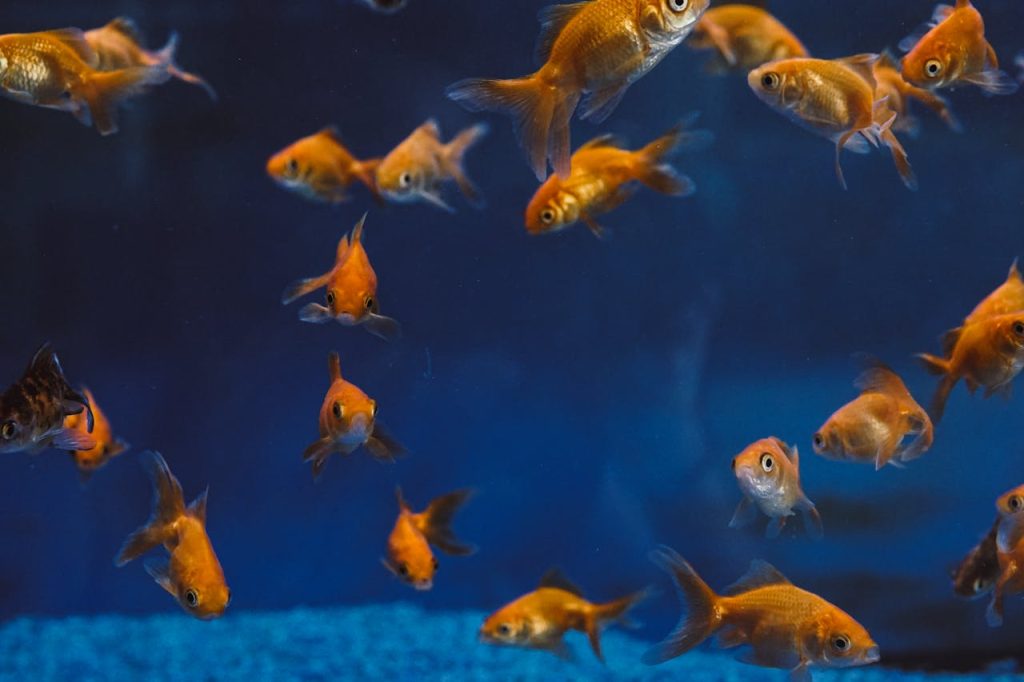
Goldfish Myths and Misconceptions
There are many myths surrounding goldfish care. Some of the most common include:
- Goldfish Only Live a Few Years: With proper care, goldfish can live 10-20 years or more.
- They Can Live in a Bowl: Goldfish need large, well-filtered tanks, not small bowls.
- Goldfish Have a Three-Second Memory: Research has shown they have a memory span of months.
- They Don’t Grow Beyond Their Tank Size: Goldfish will grow according to their genetics and health, not the tank size.
Goldfish Compared to Other Fish
Goldfish differ from other pet fish in several ways:
- Lifespan: Goldfish typically live longer than many tropical fish species.
- Tank Requirements: They need cooler water and more space than bettas or guppies.
- Social Behavior: Goldfish prefer companionship, unlike solitary species such as betta fish.
- Care Needs: They require frequent tank maintenance due to their high waste production.
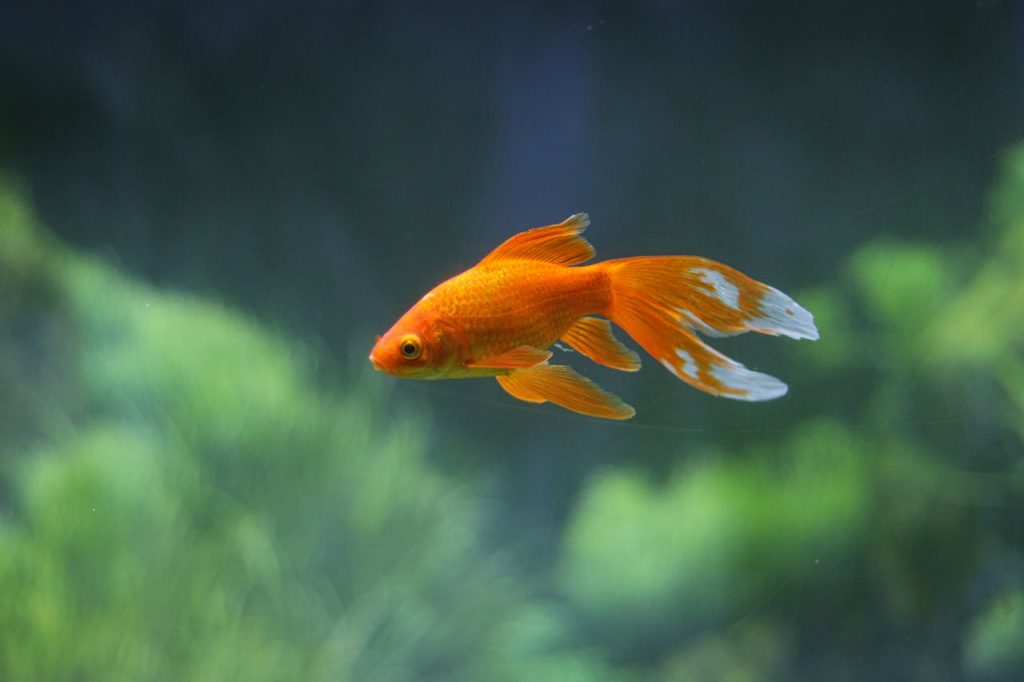
Final Thoughts
Goldfish are beautiful, intelligent, and rewarding pets when properly cared for. While they require more attention than commonly believed, their long lifespan and fascinating behaviors make them a great choice for fish keepers of all experience levels.
With the right care, your goldfish can thrive and bring joy to your home for many years.
Read our article “How to Choose the Right Pet for Your Lifestyle” to know who is best for your pet and our article “Fish Make the Best Pets: A Comprehensive Comparison” will help you to be informed about choosing fish as your pet.
FAQs
How long will goldfish live?
Goldfish can live 10–20 years, with some reaching 30+ years in ideal conditions.
What other types of fish can be raised with goldfish?
Compatible tank mates include rosy barbs, white cloud minnows, and dojo loaches.
Is goldfish a peaceful fish?
Yes, goldfish are generally peaceful, but they may nip at slow or long-finned fish.
Are goldfish best suited for glass tanks or ponds?
Goldfish thrive in both, but larger varieties do better in spacious outdoor ponds.


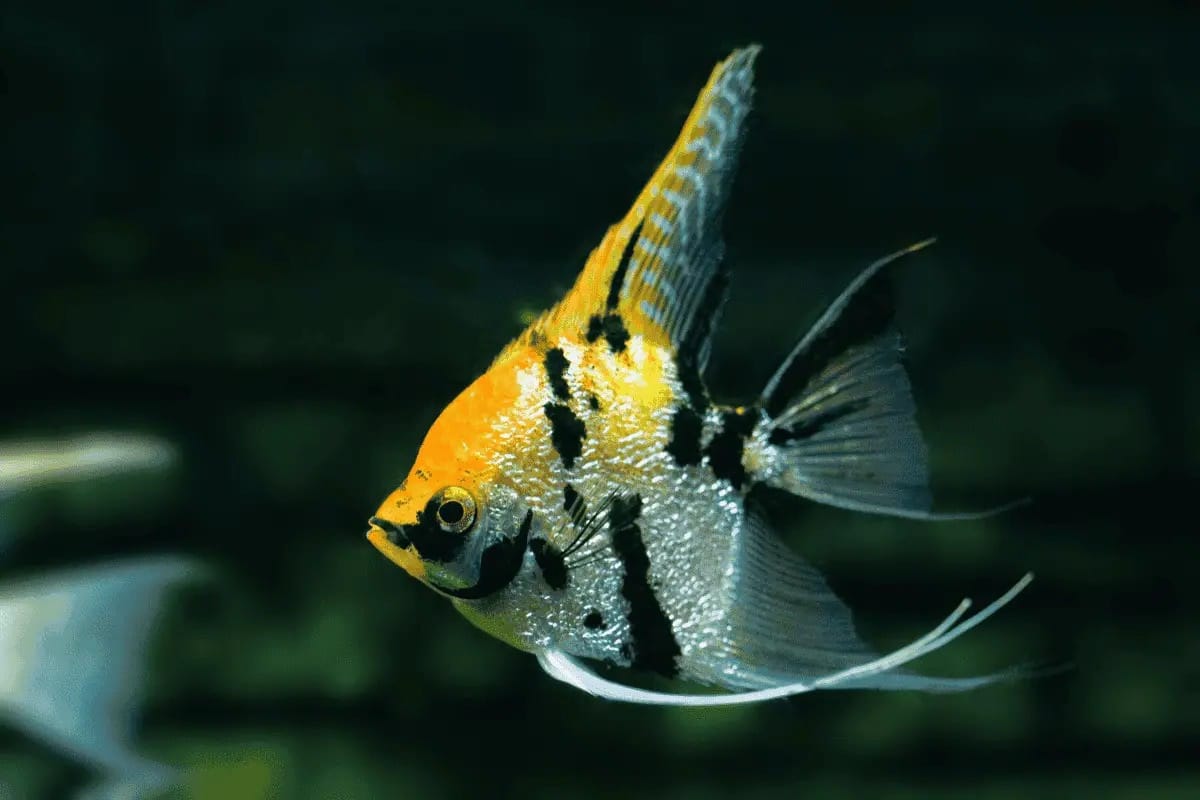
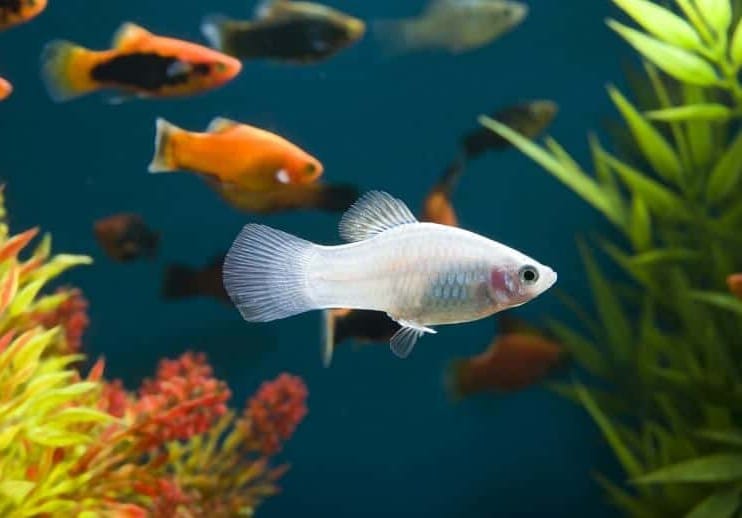
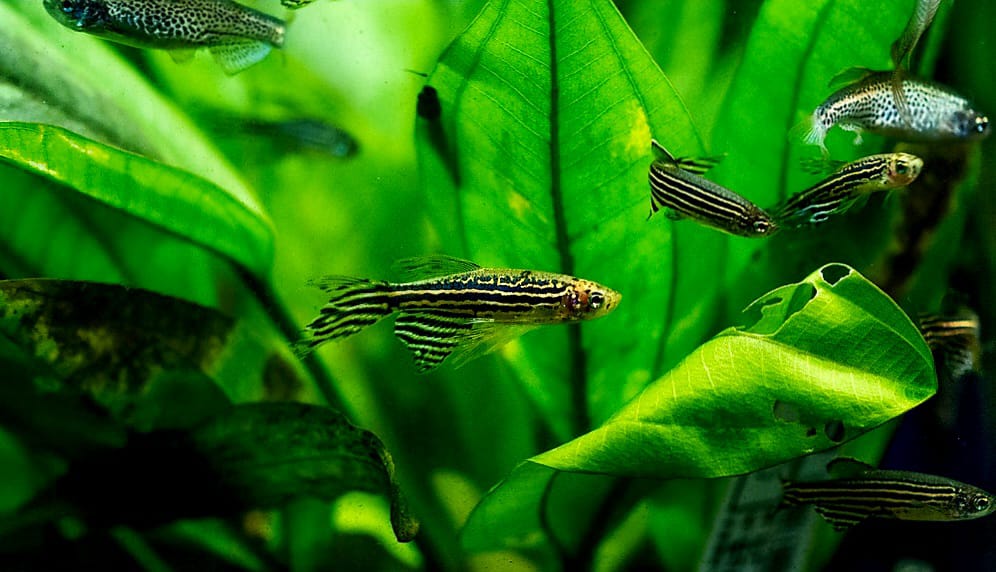
4 Comments
Pingback: Betta Fish for Beginners: A Complete Care Guide - Pet Bonded
Pingback: Guppy Fish for Beginners: Why They’re the Perfect Starter Pet - Pet Bonded
Pingback: Neon Tetras Care Guide: Tank Setup, Diet & Health Tips - Pet Bonded
Pingback: Molly Fish for Beginners: Why They’re Great for First-Time Fish Owners - Pet Bonded